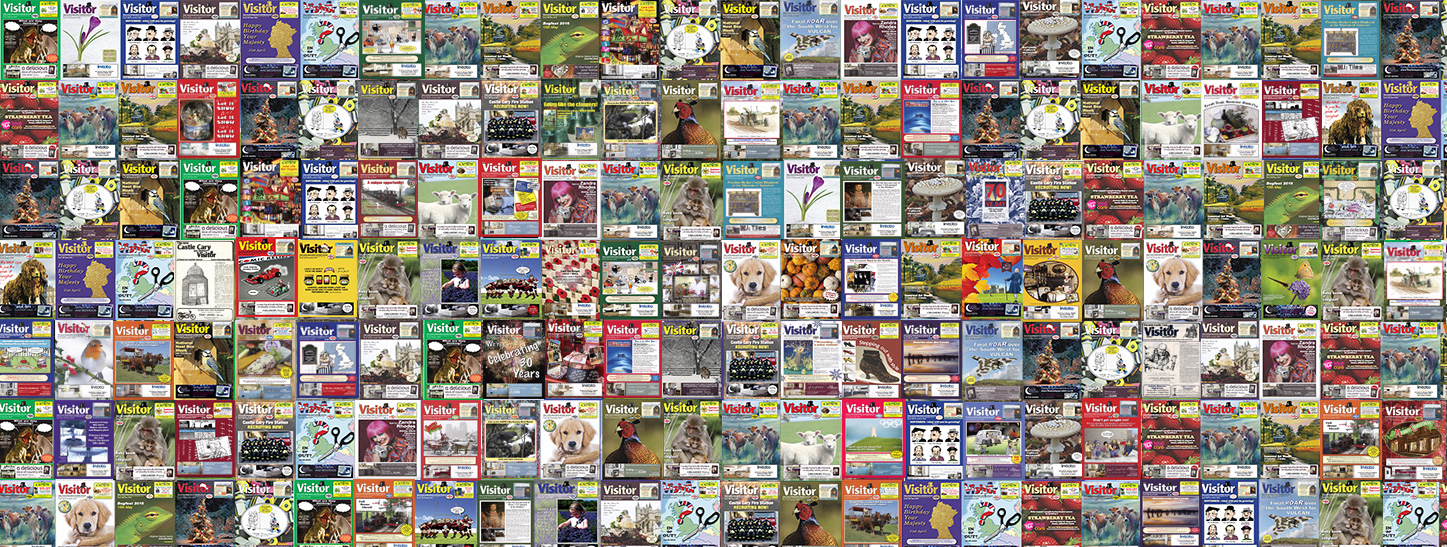An old spoon, thought by its Somerset owner to be worth under £100, served up a big surprise when it was sold at Lawrences in Crewkerne on January 19th.
“It is a rare spoon dating from the reign of King Charles II,” says Lawrences’ specialist, Alex Butcher. “It was made in London in 1683 and is engraved with the legend `This Spoon was bought upon the Frozen Thames* January:28:1683/4` which makes all the difference to collectors.”
Alex explains why: “Eight frost fairs were held on the Thames between 1607 and 1814; the first recorded frost fair was in the winter of 1607/08. The frost commenced in mid December, and by mid-January the ice between Lambeth and Westminster was firm and thick enough to allow a large number of people to walk on it in perfect safety. Booths were set up for the sale of fruit, food, beer and wine and shoemakers and barbers plied their trade on the ice, such as bowling, shooting and dancing.
During the winter of 1683/84 the frost lasted from December to early February but the fair was confined to the second half of January. The ice was thick and firm, and the number of shops, booths and people on the frozen river made it appear like another city. The booths, which sold all sorts of goods and merchandise and covered a variety of trades, were arranged in formal streets from the Temple to Southwark. A printing press was set up on the ice and the practice of having their names printed with the date and the phrase “printed on the Thames” became so popular with the people that the printer made a small fortune.
People indulged in practically every sport including dancing, skating, sledging, bull-baiting, bear baiting, fox-hunting, football and skittles. Even King Charles II and his family visited the frost fair and had their names printed on a sheet of paper by G Groom on January 31st 1684, just three days after the date on this spoon.”
Novelty spoons with a history that links them to such a specific time and place in such unusual weather conditions are very appealing and this 7.75” (19.5cm) spoon scooped up bids in excess of its tempting but cautious estimate of £1200-1500 before a buyer forked out £11,500 [hammer].


